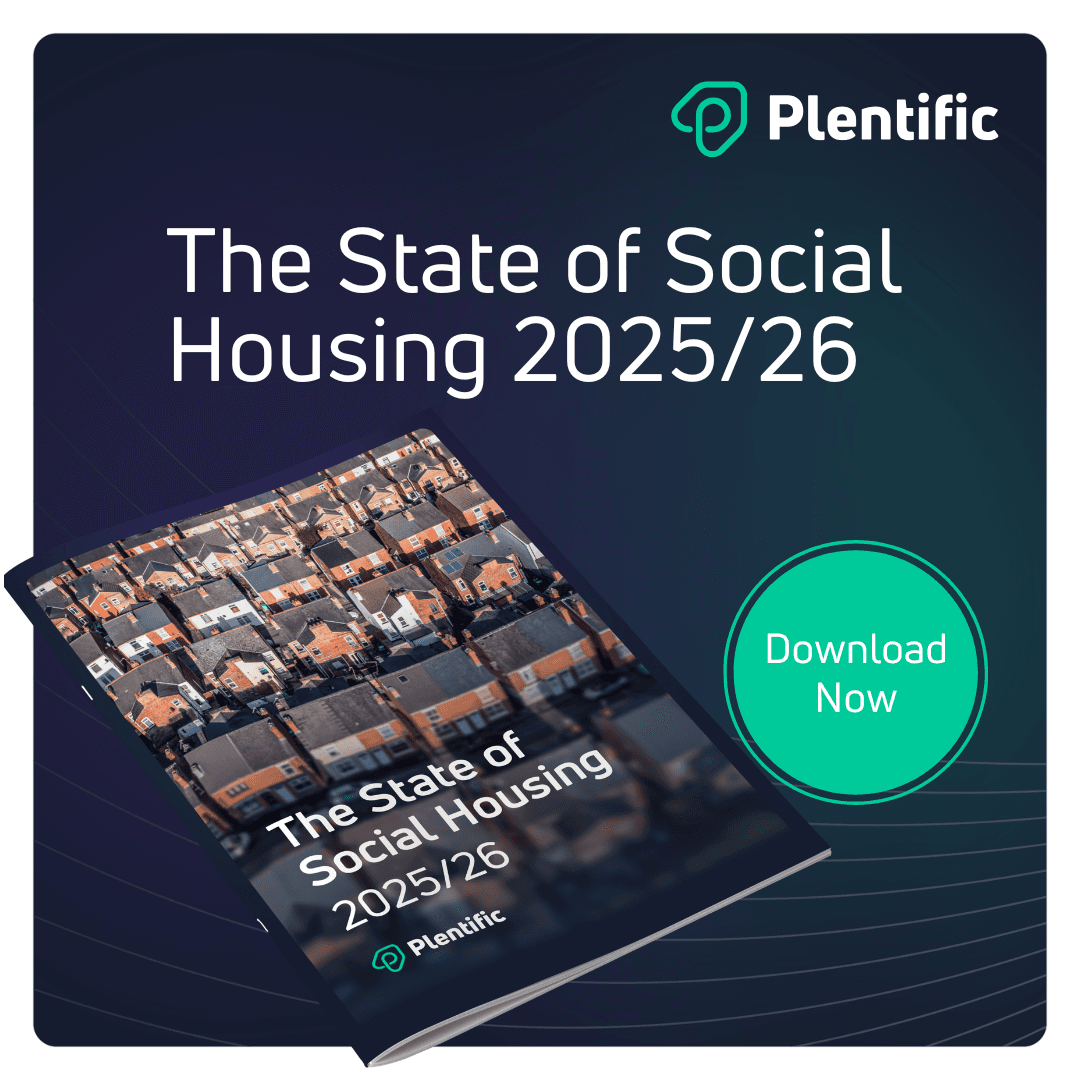The social housing sector in the United Kingdom stands at a pivotal juncture, marked by both unprecedented opportunity and immense operational demands. A wave of government investment is injecting a renewed sense of optimism, yet it coincides with transformative regulations and persistent financial headwinds that are stretching organisational capacity to its limits. The aspirations are clear: to deliver decent, safe homes where residents feel heard, respected, and valued. The challenge is navigating the complex path to get there.
In this evolving landscape, technology is emerging as the essential bridge between where the sector is today and where it aspires to be. It is the enabler that allows organisations to absorb pressure, harness investment, master compliance, and ultimately deliver on the promise of safe, high-quality homes for all.
The New Landscape: Unprecedented Investment Meets Unrelenting Pressure
After more than a decade of constrained budgets, a significant shift in government policy has unlocked historic levels of funding. This includes:
A £39 billion Social and Affordable Homes Programme (SAHP), providing a 10-year funding horizon for long-term planning.
A new £16 billion National Housing Bank designed to provide low-cost loans and mobilise up to £53 billion in private sector investment.
A landmark 10-year rent settlement (CPI+1%) from April 2026, offering greater certainty for income forecasting and capital investment.
Extended access to the Building Safety Fund for social landlords, helping to ensure remediation can progress without eroding development pipelines.
This capital provides the fuel for progress. However, as Elly Hoult, COO at Peabody, notes, "the weight of regulation and rising costs means delivery will still be tough. The only way that investment and policy change will translate into better outcomes for residents is if we renew our focus on culture, data and professionalism".
The pressure is immense. A wave of transformative regulations is creating a complex compliance landscape. Awaab’s Law introduces legally binding timelines for tackling hazards, while reforms to the Decent Homes Standard are setting a higher bar for quality. The upcoming Remediation Bill brings new deadlines and tougher enforcement for cladding works, and the Competence and Conduct Standard mandates new qualifications for thousands of managers. This is all compounded by persistent financial headwinds, including projected increases in building costs of 14% over the next five years and rising labour costs. This is the paradox the sector must manage: capital has returned, but capacity is still constrained.
The Governance Gauntlet: Why Compliance Demands a Digital Foundation
Navigating this new era of governance is impossible without a robust digital foundation. As Ryan Dempsey, CEO at TCW, observes, "regulation alone won’t solve systemic issues if the sector continues to operate in silos... providers must align human capability with digital intelligence".
Awaab’s Law is a prime example. Its legally binding timelines - such as investigating hazards within 10 working days and addressing emergencies within 24 hours - present a significant logistical challenge. The government estimates the law will cost social landlords £129 million in additional staffing alone, while experts warn it will likely increase service delivery costs by pushing more repairs into the emergency category, reducing operative efficiency. Managing this manually is not viable. Intelligent automation is the only way to monitor timelines, trigger alerts, and maintain a clear, auditable trail for every case.
Similarly, the reformed Decent Homes Standard and the RSH’s new consumer standards place a laser focus on stock condition. The RSH found that in nearly 75% of downgraded cases, landlords were unable to demonstrate the condition of their homes. This underscores the critical need for a centralised, data-driven platform that acts as a "single source of truth for asset management". Without reliable, up-to-date data, providers cannot prove compliance or build a strategic approach to investment. This is no longer just an IT issue; the RSH considers a failure to manage data integrity to be "indicative of a poor internal controls assurance framework".
Building Internal Resilience: Empowering People and Perfecting Process
Sustainable outcomes are not just shaped by external forces like funding and regulation; they are driven by an organisation's internal capabilities.
Few will disagree that a strong culture lies at the core of organisational success – and unsurprisingly the sector is now focused on embedding empathy and a person-centred approach. Technology directly supports this. An integrated platform provides staff with a complete view of a resident's history, preventing them from having to repeat their story and feeling unheard - enabling more empathetic, informed decisions. As L&Q found, the right platform "helps us make better decisions for our residents".
This is crucial as providers face a significant capacity crunch. ‘Recruitment and Retention’ is a top-five strategic risk, with leaders highlighting "real challenges around supply chain and capacity" for both in-house teams and external contractors. Here, technology acts as a "resource multiplier".
Intelligent automation handles repetitive administrative tasks, freeing up skilled staff to focus on complex, resident-facing work.
A vetted contractor marketplace, a core feature of platforms like Plentific, can instantly increase supply chain capacity and flexibility, a critical advantage when demand is high.
Finally, technology provides the process integrity that regulators demand. The Housing Ombudsman consistently finds that breakdowns in handovers and poor audit trails are root causes of severe maladministration. Orchestration platforms with open APIs solve this by connecting disparate systems to create seamless, end-to-end workflows. This ensures clarity, consistency, and the reliable, repeatable results that build resident trust.
The Digital Heartbeat: How Systems & Intelligence Drive Performance
If investment, governance, and people are the body of a housing organisation, then Systems & Intelligence is its digital heartbeat. It is the intelligence layer that drives proactive, modern service delivery.
1. Data & Insight as the Foundation
As Nick Atkin, CEO of Yorkshire Housing, states, "Reliable, real-time data is the core ingredient of a great service". The most forward-thinking providers use data to move from a reactive to a pre-emptive service model. By analysing data, they can predict damp hotspots, flag properties at higher risk of emergency repairs, and spot patterns in complaints before they escalate. This strategic use of data is what separates high-performing organisations from those at risk of regulatory failure.
2. AI and Intelligent Automation in Practice
Beyond the hype, AI and intelligent automation are delivering tangible value now. They are essential tools for managing rising costs and compliance burdens. Practical applications include:
Streamlining the entire responsive repairs journey, from logging to contractor assignment.
Enabling predictive maintenance by analysing data from sensors and maintenance logs to forecast asset failures before they happen.
Tracking complex compliance obligations and ensuring records are always audit-ready.
Analysing contractor performance to optimise the supply chain and ensure value for money.
3. Orchestration: Creating a 'Single Pane of Glass'
Digital tools only unlock their full value when they work in concert. Orchestration aligns systems, data, and people into a unified whole, overcoming the fragmented legacy systems that the RSH and Ombudsman identify as a primary cause of service failure. Modern property operations platforms provide this "single pane of glass", connecting different tools to give leaders and frontline staff a complete, real-time view of operations. The result is better visibility, stronger control, and a more comprehensive service for residents.
Conclusion: From Aspiration to Action
The social housing sector is entering a defining era, one filled with ambition but operating at the edge of capacity. The demands of new regulations are immense, and the pressure to deliver is unrelenting. Progress will not come from a single intervention but from the dynamic interplay of four key forces: Investment Capacity, Governance, Organisational Capability, and Systems & Intelligence.
While providers have limited control over the first two, they have direct agency over the latter two. Investing in technology is the most powerful lever they can pull to build resilience and gain control. And that is because the right technology is more than just a support system - it is an accelerator of competence, consistency, and culture. It is the bridge that connects funding to outcomes, ambition to reality, and providers to their residents.
The future of social housing belongs to those who invest wisely, govern transparently, and harness intelligence to build a truly resident-centric future.
The State of Social Housing Report 2025/26
Our comprehensive report, "The State of Social Housing 2025/26," provides detailed analysis of each force, practical insights from regulatory updates, and actionable strategies for building resilience in this rapidly evolving landscape.
Download the full report to discover how the most successful providers are preparing for the next 12 months and beyond.


